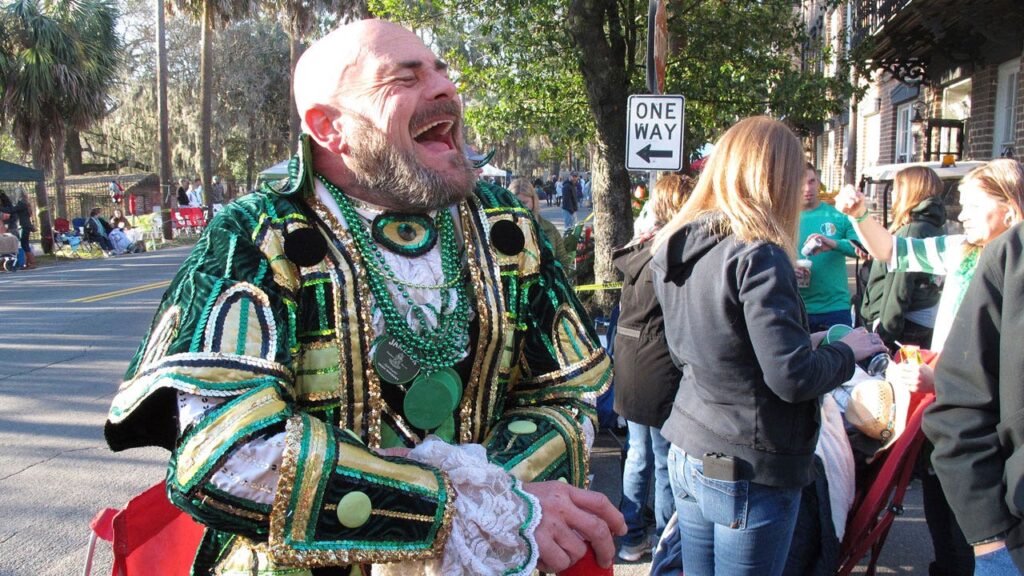There was no green beer, no pickup trucks towing parade floats or throngs of tourists in gaudy green outfits. Instead, just a few dozen of Savannah’s early Irish immigrants marched a half-mile from a hotel near the riverfront to attend a special service at what then was the city’s only Roman Catholic church.
That modest procession on March 17, 1824, launched one of the most beloved — and profitable — traditions in Savannah. On Saturday, Georgia’s oldest city will celebrate the 200th anniversary of its St. Patrick’s Day parade, which has grown over time into one of America’s largest. Thousands of revelers are expected to cram sidewalks and squares along the parade route through Savannah’s downtown historic district.
More than 18,000 hotel rooms in Savannah and surrounding Chatham County are nearly sold out for the weekend. The parade lineup is bursting with at least 230 pipe-and-drum bands, chauffeur-driven dignitaries, marching military units and shamrock-decorated floats. Downtown bars have stocked up on extra kegs of beer, and the city has rented more than 320 portable toilets for those imbibing.
FACTS YOU MIGHT NOT KNOW ABOUT ST. PATRICK’S DAY
“We’re expecting historic crowds from visitors and residents alike,” said Savannah City Manager Jay Melder.
Over the past two centuries, St. Patrick’s Day in Savannah has morphed into perhaps the South’s biggest street party between Mardi Gras in New Orleans and Florida’s raucous spring break.
It’s a far cry from how Savannah’s celebration began.
Founded as a nondenominational charity to assist poor Irish immigrants, the Hibernian Society of Savannah had an important day planned on March 17, 1824. The group invited Bishop John England, an Irish native appointed to lead the newly formed Diocese of Charleston, South Carolina, to come to Savannah and speak at the city’s Roman Catholic church.
The Hibernians hosted England on St. Patrick’s Day during their morning meeting at the City Hotel near the bluff overlooking the…
Read the full article here





